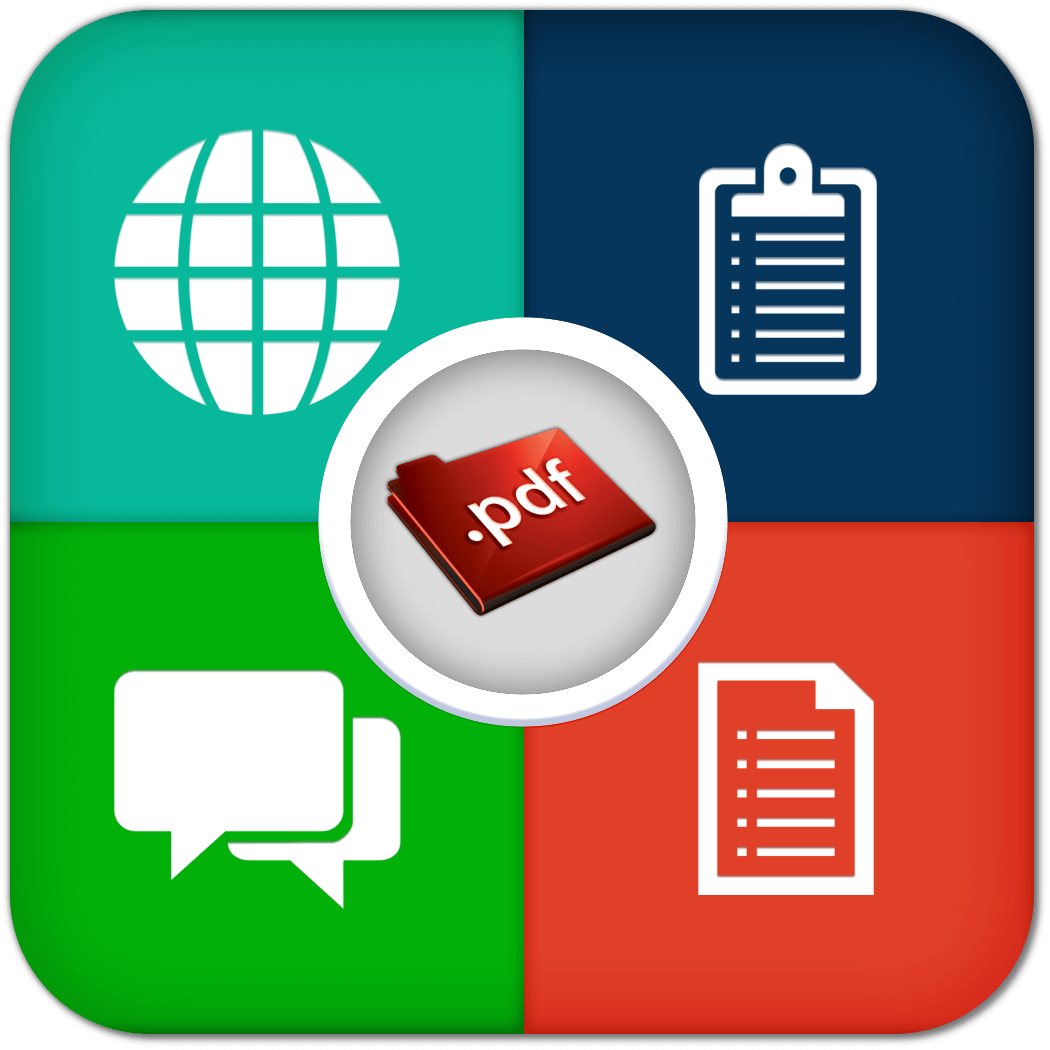What is the relationship between Big Data and the Internet of Things? The two are separate, yet intricately connected and a part of each other. It’s hard to talk about one without talking about the other. In short, Big Data is often collected or produced by the Internet of Things, and the Internet of Things is about using that data while it is still in motion, and extracting valuable feedback from it.
Big Data is the Fuel for the Internet of Things
Essentially, Big Data is what lets the internet of things run. Connected devices cannot perform the functions they need to or make decisions if that is their role, without data. Even the simplest of smart devices need data: smart lights need to know when to turn on and off based on several variables. One of those can be time, the other motion or occupancy of a room.
At the same time, the Internet of Things also gathers some of the data it uses. Using the Smart Light example, a motion or occupancy sensor gathers and feeds it the data it needs.
In many other cases, this data is obtained from different sensors, or is transmitted to the connected device from a central location. In a factory, a sensor detects the speed of the production line and where certain parts are in the production process. This tells the stations on the line when the next item will be there, and how quickly a task must be completed to stay on schedule.
At the same time, that same device needs to have local sensors that will detect issues, like if a part does not arrive in the appropriate location in time, or if the product is somehow oriented the wrong way.
It must take both of these sets of data, and decide what to do, whether that is simply to wait or to send an alarm to other parts of the factory, letting human operators know there is an issue.
Big Data Must Be Mobile
For Big Data to be useful to the Internet of things, it must be mobile. There must be a solution that moves it from where it has been gathered to the proper device at the proper time, and back again.
This mobility brings several issues with it, and Open Automation Software is one of several companies working on solutions to a seemingly simple problem: moving data from anywhere to anywhere. This kind of software needs to be able to not only move the data, but to issue real time and historical alerts and to share it across multiple platforms, both locally and on the cloud with zero data loss while keeping it secure.
Suddenly, something that seems rather simple on the surface and that many times we take for granted in our everyday lives, is seen to be highly complex. The data must always be in motion, be accessible when it is in motion, and must provide the feedback that both connected devices and human operators need to make critical decisions.
The Internet of Things is the Biggest Big Data Provider
The flip side of the relationship is this: while Big Data is the fuel for the internet of things and makes it work, the connected devices in the Internet of Things are providing their own fuel.
Let’s look at the simple Smart Lighting system again. The bulb measures and reports to the control system how much wattage it uses at any one time. Several bulbs in the room do the same thing. Each is on an individual dimmer.
The occupancy sensor learns the most common position someone is in when they are in the room, whether that is related to a piece of furniture or a desk. Since this is the most common position, some of the bulbs on the other side of the room can be dimmed for efficiency.
The control center, using the data from the devices themselves, then changes the programming in the room, automatically becoming more efficient. The motion and occupancy sensor not only told the bulb there was someone in the room, but the bulb told the control center how much energy it was using, and the control center used the two pieces of information together to improve efficiency
You can see how even this simple example gets complex. The data, in motion, provides each device with the information it needs to perform efficiently and as expected. It even learns from the data that it has created.
Each of us provides our smart phone with data all of the time. That data is then used (while in motion) to serve us ads as we surf the web, remind us to do certain tasks, and even (in the case of the IOS 11 Don’t Disturb While Driving app) when not to be connected. It prompts us about doing things for our health and wellbeing.
Big Data and the Internet of Things are intimately connected, even though they are two different things. Big Data is the fuel, and the Internet of Things continues to create its own fuel by being the biggest supplier of Big Data. It’s all about Data, constantly in motion.
By Samantha Acuna
Samantha Acuna is a writer based in San Francisco, CA. Her work has been featured in The Huffington Post, Entrepreneur.com, and Yahoo Small Business.




